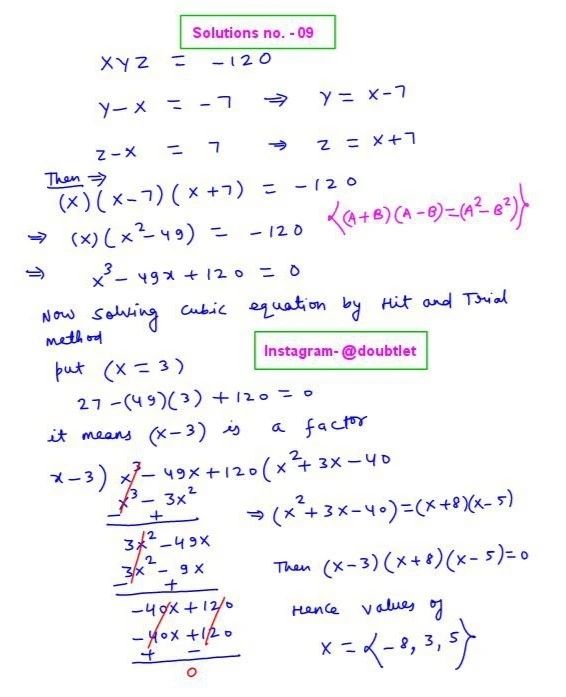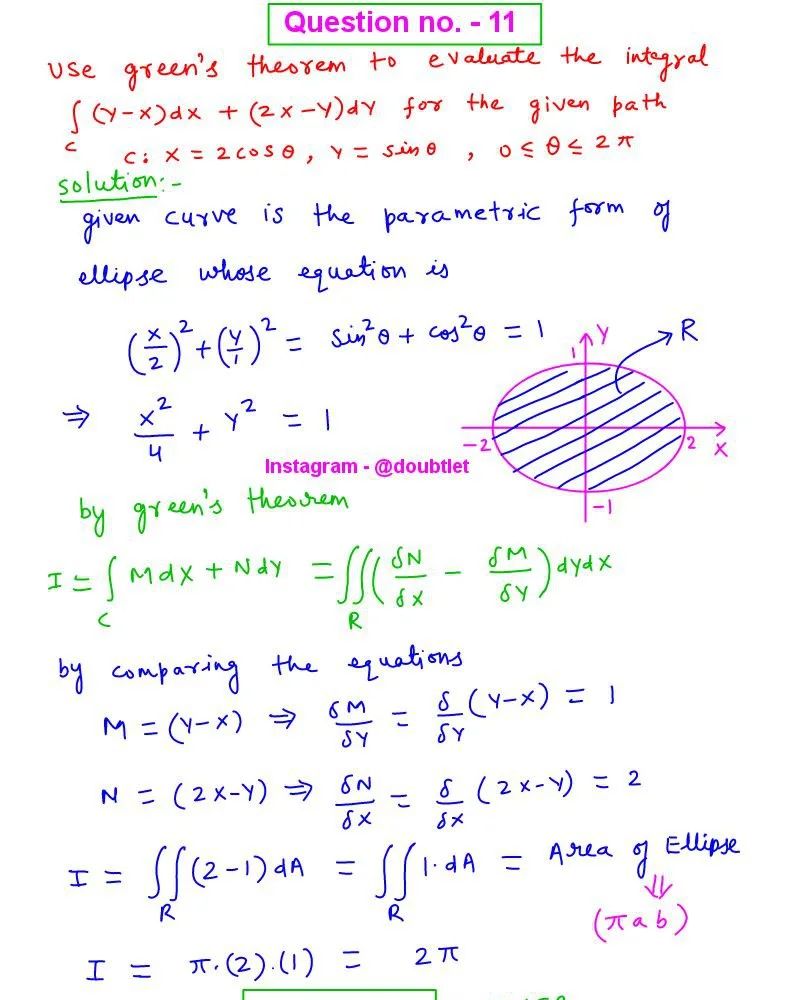









Completing the square method is a mathematical technique used to solve quadratic equations by transforming them into a perfect square trinomial. This method rewrites the equation in the form , making it easier to solve for and also helpful in finding the vertex of quadratic functions for graphing purposes. It’s a fundamental tool in algebra for simplifying and analyzing quadratic expressions.

Neetesh Kumar | October 06, 2024
Share this Page on:
![]()
![]()
![]()
![]()
![]()
- 1. Introduction to the Completing the Square
- 2. What is Completing the Square
- 3. Completing the Square Method with Steps
- 4. Completing the Square Formula
- 5. Properties of Completing the Square
- 6. Completing the Square Solved Examples
- 7. Practice Questions on Completing the Square
- 8. FAQs on Completing the Square
- 9. Real-life Application of Completing the Square
- 10. Conclusion
1. Introduction to the Completing the Square:
In algebra, completing the square is a method used to solve quadratic equations, transform quadratic expressions, and analyze their properties. This technique helps to rewrite quadratic equations in a form that reveals important features like the vertex of a parabola. Completing the square is an essential concept for anyone dealing with quadratic equations, whether you're studying for exams, diving into algebraic theory, or solving real-world problems.
2. What is Completing the Square:
Completing the square is a technique used to convert a quadratic expression of the form into a perfect square trinomial, which simplifies solving equations. The general idea is to manipulate the expression so that it takes the form , where and represent specific values that simplify solving for . This method not only makes solving quadratic equations easier but also provides a way to find the minimum or maximum values of a quadratic function.
3. Completing the Square Method with Steps:
Let's break down the completing the square method step by step for a quadratic equation of the form :
Step 1: Start with the quadratic equation
Ensure the quadratic equation is in the form . If , divide through by to make the coefficient of equal to 1.
Step 2: Move the constant term
Move the constant term to the other side of the equation.
Step 3: Add and subtract the square of half the linear coefficient
Take half of the coefficient of , square it, and add this value to both sides of the equation. This process creates a perfect square trinomial on the left-hand side.
Step 4: Factor the perfect square trinomial
The left-hand side will now be a perfect square trinomial, which can be factored as , where is half of the original coefficient of .
Step 5: Solve for
Finally, solve for by taking the square root of both sides and isolating .
Example:
Solve by completing the square.
-
Start with .
-
Take half of , which is , and square it: .
-
Add to both sides: .
-
Factor the left-hand side: .
-
Solve for : , so or .
4. Completing the Square Formula:
The general completing the square formula for a quadratic equation can be derived as follows:
-
First, divide through by if .
-
Write the equation in the form .
-
Take half of the coefficient of , square it, and use it to form a perfect square trinomial.
The formula is:
This makes the equation easier to solve and reveals the vertex of the quadratic function, useful in graphing and optimization problems.
5. Properties of Completing the Square:
The properties of completing the square make this technique useful for solving quadratic equations and analyzing their graphs. Some key properties include:
-
Vertex Form: Completing the square transforms a quadratic equation into vertex form , where is the vertex of the parabola.
-
Symmetry: Completing the square helps identify the symmetry of the quadratic function, making graphing more intuitive.
-
Minimum/Maximum Values: The method reveals the minimum (or maximum) value of the function, which occurs at the vertex.
-
Roots: Completing the square provides an alternative to the quadratic formula for finding the roots of a quadratic equation.
6. Completing the Square Solved Examples:
Question: 1.
Completing the Square
Solve the quadratic equation by completing the square.
Solution:
-
Step 1: Move the constant term to the other side
Start by moving the constant to the right-hand side of the equation:
-
Step 2: Complete the square
Take half of the coefficient of , which is . Half of is . Now, square it:
Add to both sides of the equation:
Simplify the right-hand side:
-
Step 3: Factor the perfect square trinomial
The left-hand side is now a perfect square trinomial, which can be factored as:
-
Step 4: Solve for by taking the square root
Take the square root of both sides of the equation:
Simplify:
-
Step 5: Solve for
Now, solve for by isolating it on both possible cases:
-
For :
-
For :
Answer:
The solutions to the equation are and .
Question: 2.
Completing the Square for a Quadratic Expression
Complete the square for the quadratic expression .
Solution:
-
Step 1: Isolate the quadratic and linear terms
To complete the square, we first focus on the and terms:
-
Step 2: Take half of the coefficient of
The coefficient of is . Half of is , and squaring it gives:
-
Step 3: Add and subtract 16
To complete the square, add 16 and subtract inside the expression:
Simplify the constant terms:
-
Step 4: Factor the perfect square trinomial
The first three terms are a perfect square trinomial, so we can factor it as:
Answer:
The expression is rewritten as after completing the square.
Question: 3.
Completing the Square to Solve a Quadratic Equation
Solve by completing the square.
Solution:
-
Step 1: Move the constant term to the other side
Start by moving the constant to the right-hand side:
-
Step 2: Complete the square
Take half of the coefficient of , which is . Half of is , and squaring it gives . Add to both sides:
Simplify the right-hand side:
-
Step 3: Factor the perfect square trinomial
The left-hand side is a perfect square trinomial, so factor it:
-
Step 4: Solve for
Take the square root of both sides:
-
Step 5: Solve both cases
- , so
- , so
Answer: The solutions to the equation are and .
Question: 4.
Completing the Square for an Equation with a Fraction
Solve by completing the square.
Solution:
-
Step 1: Move the constant to the other side
Start by moving to the right-hand side of the equation:
-
Step 2: Divide by the coefficient of
To make the coefficient of equal to , divide through by :
-
Step 3: Complete the square
Take half of the coefficient of , which is . Half of is , and squaring it gives . Add to both sides:
Simplify the right-hand side:
-
Step 4: Factor the perfect square trinomial
The left-hand side is a perfect square trinomial, so factor it:
-
Step 5: Solve for
Take the square root of both sides:
-
Step 6: Solve both cases
- , so
- , so
Answer:
The solutions to the equation are and .
7. Practice Questions on Completing the Square:
Q:1. Solve by completing the square.
Q:2. Use the completing the square method to solve .
Q:3. Find the vertex of the quadratic function by completing the square.
Q:4. Use the completing the square method to solve .
These practice questions reinforce the method and help you master completing the square for solving quadratic equations.
8. FAQs on Completing the Square:
What is completing the square?
Completing the square is a method used to solve quadratic equations by rewriting them in the form of a perfect square trinomial, making it easier to solve or analyze the equation.
Why is completing the square important?
It allows you to solve quadratic equations, find the vertex of a parabola, and convert the equation into a more manageable form. It’s also used in calculus and optimization problems.
Can completing the square be used for any quadratic equation?
Yes, completing the square works for any quadratic equation. However, it may require dividing by the leading coefficient if it is not .
How does completing the square relate to the quadratic formula?
Completing the square is one of the methods used to derive the quadratic formula. Both methods can be used to solve quadratic equations, but completing the square provides additional insights like vertex form.
What are the advantages of completing the square over factoring?
While factoring only works for equations that can be factored easily, completing the square works for all quadratic equations and allows you to rewrite the equation in vertex form, which is useful for graphing.
When should I use completing the square instead of other methods?
Completing the square is especially useful when you need to find the vertex of a quadratic function, or when factoring is not possible or too complex.
Can completing the square be applied to non-quadratic equations?
Completing the square specifically applies to quadratic equations. However, the concept of creating perfect squares can sometimes extend to other mathematical areas like calculus.
What if the coefficient of is not ?
If the coefficient of is not , you should first divide the entire equation by that coefficient before completing the square.
9. Real-life Application of Completing the Square:
The completing the square method is not just a mathematical exercise it has real-world applications, especially in physics and engineering. It is used to analyze projectile motion, calculate the optimal shapes in design, and solve problems related to maximization and minimization. For example, in projectile motion, the equation of motion is often a quadratic, and completing the square can help find the maximum height of the projectile.
In finance, completing the square can be used to optimize profit functions, where maximizing or minimizing outcomes is essential for decision-making.
10. Conclusion:
Completing the square is a powerful and versatile tool in algebra, offering an alternative to the quadratic formula for solving quadratic equations. It reveals the vertex form of a quadratic function, which simplifies graphing and provides insights into the function's behavior. Whether you’re solving for roots or analyzing real-world problems, mastering the method of completing the square is a fundamental algebraic skill that has far-reaching applications.
If you have any suggestions regarding the improvement of the content of this page, please write to me at My Official Email Address: [email protected]
Are you Stuck on homework, assignments, projects, quizzes, labs, midterms, or exams?
To get connected to our tutors in real-time. Sign up and get registered with us.
Polynomials multiplication Calculator
Factoring Polynomials Blog
Pre Algebra Calculators
Solving Algebraic Equations Calculator
Lowest Common Multiple Blog
Blog Information
Blog Author: Neetesh Kumar
Blog Publisher: Doubtlet
Comments(0)
Your comment will be reviewed before it is published.



Leave a comment